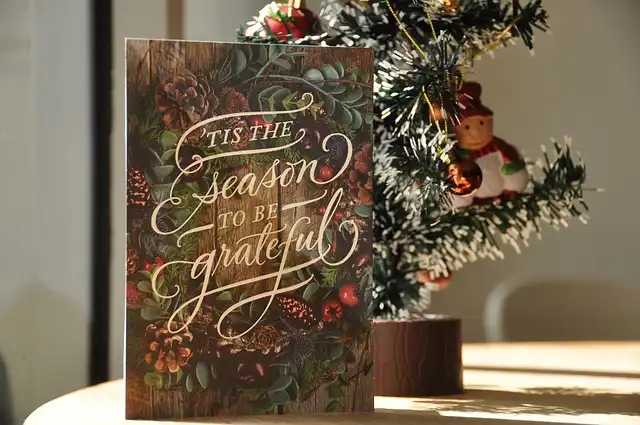Are Custom Cards the Future?

On my end, I’ve been able to create custom sets for the families of NFL Barrier Breakers Kenny Washington and Woody Strode, two players Topps and company have avoided like the plague.
From my viewpoint, all of this adds to existing buzz, but I think the future is also stronger for brands like Gummy Arts, Pop Fly Pop Store, and Baseball Card Vandals that have things on irreversible screen at the National Baseball Hall of Fame. Necessity: When Bob Laughlin created his initial Leagues cards in 1974, they offered concerning the only means the common collector might land a baseball card of Josh Gibson, Cool Papa Bell, or Buck Leonard.
I absolutely concur that most of the individually created cards and “card art” out there today runs laps around Topps, Panini, and the like when it comes to creativity, initiative, and– of course, this is entirely a thing! Take this 1969 Topps-style Helmar Jim Gilliam decal.
While I want to be incorrect, I think the customized and art card area may eventually struggle with “too much of a good point.” Where 5 years ago I may have listed less than a dozen manufacturers with some degree of brand name recognition (e.g., Gummy Arts, When Topps Had Balls, Helmar), today that number may be north of a hundred. Collectors love choice, but they additionally hate intricacy.
Requirement: When Bob Laughlin created his initial Leagues cards in 1974, they supplied regarding the only method the regular collection agency can land a baseball card of Josh Gibson, Cool Papa Bell, or Dollar Leonard., what would the enthusiast of the future potentially require us indies for? On this front, I enjoy the job When Topps Had actually Spheres has done to produce dedicated newbie cards, job cappers, and do-overs that deal with the holes and eyesores of the Topps corpus.
Context: This is most likely the murkiest of my 5 chauffeurs, however what I’m looking for below is a tale behind (or coming with) the work. One artist that sticks out in this regard is Matthew Lee Rosen, whose items are almost always imbued with and educated by Hobby background. Ditto for Scott Hodges and Lauren Taylor, two artists whose gripping personal tales are difficult to disentangle from their job. Chuck Styles has a fantastic origin tale.
The blog post mirrors a belief on the Helmar site, which reads: “I believe that quality original art (coupled with a widely known brand) has terrific potential growth within our hobby. Enthusiasts are significantly much less thinking about the standardized items and more appreciative of the ingenious art and products of those that are dedicated to the ready its very own purpose. I sign up with those that believe that this type of handmade, quality thing will certainly be of superior interest to future collectors.”
As always, I’m interested to hear from various other Enthusiasts on this topic. Do you see today’s customizeds having a healthy and balanced future in the Leisure activity? And are there standards you ‘d include in my very own listing of what aspects will make the largest distinction in remaining power? Tag @hobbynewsdaily on social networks and allow us know what you assume.
Inevitably, I do think the indie cards these days can scout a place in the Hobby of tomorrow, but I’m bearish on the number of brand names and musicians that will actually make it there. Ultimately, I assume these five drivers will certainly play the best duty in identifying which contemporaries continue to be collectible 20 and even 50 years right into the future.
Also where the creativity or craftspersonship of a 2024 card must stand on its own, I can quickly see it being eclipsed by whatever follows, especially given that the devices and techniques readily available to independent manufacturers will only expand with time. As an example, I’m very happy with this “Hefty J Studios” Bo Jackson card, but might the Bo card art of the future embed video clip, audio impacts, and real confetti explosions?
As someone that A) has produced numerous cards of my very own, and B) significantly enjoys the work of my fellow indie artists and manufacturers, I am taking a detour from my usual emphasis and rather transforming my focus to the future: particularly, the future of custom-made cards.
I definitely agree that most of the individually generated cards and “card art” out there today runs laps around Topps, Panini, and the like when it comes to creative thinking, effort, and– yes, this is completely a thing! Cards from TCMA, Bob Laughlin, and Bob Parker are just some instances of cards from five years ago that numerous of today’s collection agencies still seek out. While the prices on some put them squarely in the “uniqueness card” group, the Laughlin Leagues sets from 1974 and 1978 currently live among the most costly cards of the years.
Third-Party Validation: While some collection agencies are happy to trust their own eyes, numerous enthusiasts require to recognize that a certain maker is “legitimate” in the eyes of trusted sources. From my perspective, all of this adds to present buzz, but I believe the future is also more powerful for brands like Gummy Arts, Pop Fly Pop Store, and Baseball Card Vandals that have things on irreversible display at the National Baseball Hall of Fame.
Collectibility: Here I’m describing the simplicity in which collectors will know what’s out there and how to gather it. As an example, Gummy Arts does a brand-new collection annually and consists of checklists with his product. The Pop Fly Pop Shop likewise has effectively defined series and easy-to-find checklists. Makers like Helmar and Sporting Life are a little more diverse in regards to their overall offerings, but their web sites assist collectors keep an eye on what’s available.
Furthermore, we have criterion in the Pastime for the future collectability of individually produced offerings. Cards from TCMA, Bob Laughlin, and Bob Parker are just some examples of cards from 5 decades ago that a lot of today’s collectors still choose. While the rates on some place them squarely in the “uniqueness card” classification, the Laughlin Negro Leagues establishes from 1974 and 1978 now stay amongst the most expensive cards of the years.
If we fast ahead ourselves to the year 2074 or even 2044, I worry the world of 2024 customs will certainly look complex, jampacked, and also insane to collection agencies of the future. True, they might look “2020s personalized Shohei Ohtani card” on a future eBay, but what happens if and when over a thousand various results show up, and at least a hundred of them are extremely, very trendy?
1 baseball cards2 future
3 Pop Fly Pop
« Anticipatory Anxiety: What It Feels Like & 7 Ways To CopeWhat Is an Existential Crisis, and How Do You Overcome It? »
